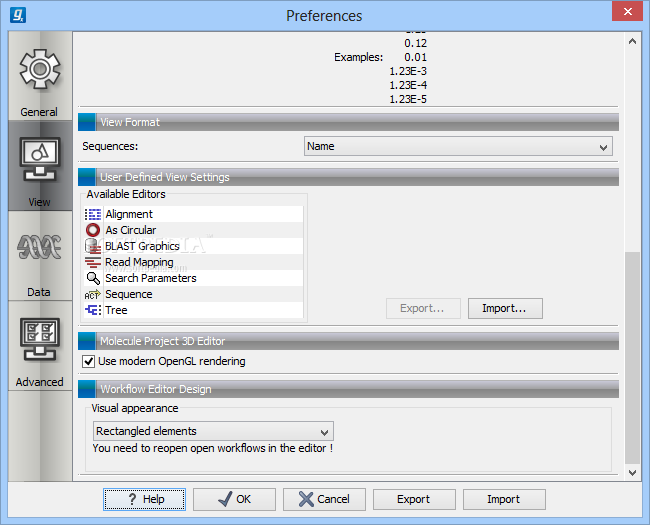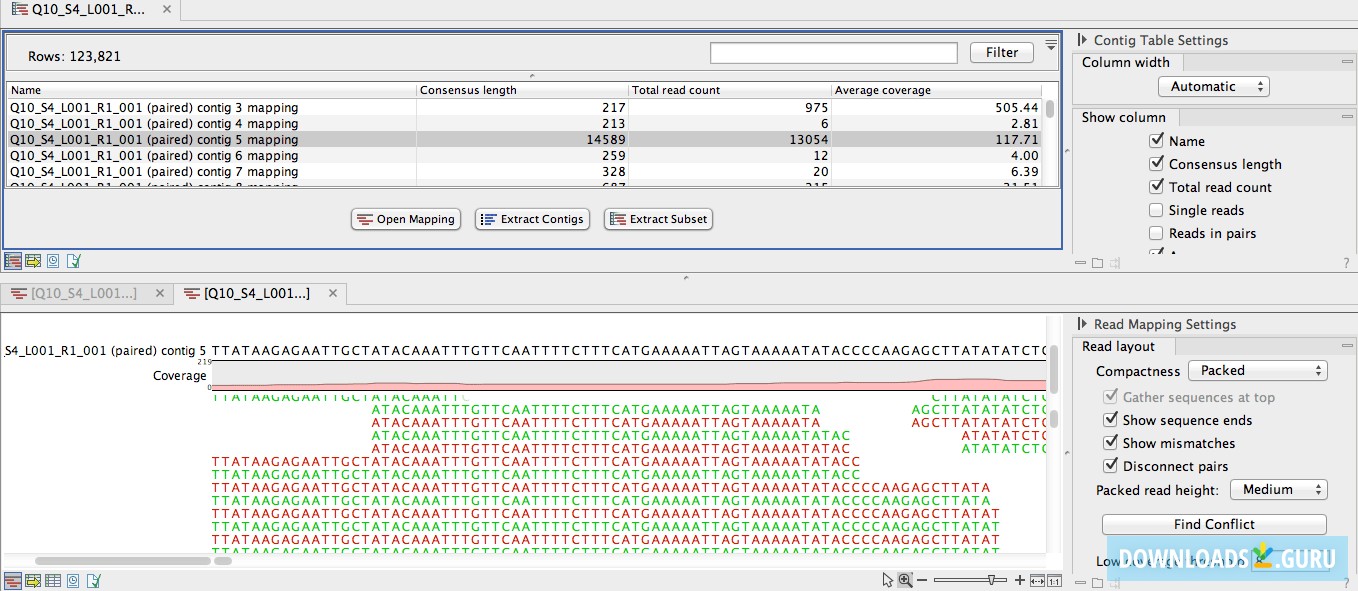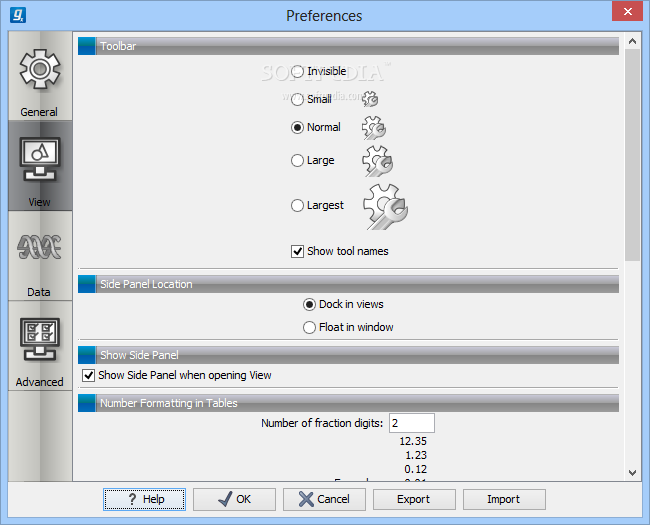

Introducing QCI Interpret One, clinical decision support software with professional i.
QCI Interpret One – Oncology variant interpretation just got more precise.  Catalogue of Somatic Mutations in Cancer (COSMIC) – Explore the impact of somatic mutations in human cancer with the world’s largest and most comprehensive resource. Clinical Analysis and Interpretation Services. Pharmaceutical Development Bioinformatic Services. QIAGEN Discovery Bioinformatics Services. QIAGEN CLC Genomics Workbench – QIAGEN CLC Genomics Workbench is a powerful solution that works for everyone, no matter the workflow. Human Gene Mutations Database (HGMD) – Solve more cases faster, with data you can trust using HGMD Professional, the gold standard for identifying inherited disease-causing mutati. QIAseq panels | QIAGEN Digital Insights. Clinical QKB (Clinical QIAGEN Knowledge Base). COSMIC (Catalogue of Somatic Mutations in Cancer). Learn more about its role in oncogenesis and ac.
Catalogue of Somatic Mutations in Cancer (COSMIC) – Explore the impact of somatic mutations in human cancer with the world’s largest and most comprehensive resource. Clinical Analysis and Interpretation Services. Pharmaceutical Development Bioinformatic Services. QIAGEN Discovery Bioinformatics Services. QIAGEN CLC Genomics Workbench – QIAGEN CLC Genomics Workbench is a powerful solution that works for everyone, no matter the workflow. Human Gene Mutations Database (HGMD) – Solve more cases faster, with data you can trust using HGMD Professional, the gold standard for identifying inherited disease-causing mutati. QIAseq panels | QIAGEN Digital Insights. Clinical QKB (Clinical QIAGEN Knowledge Base). COSMIC (Catalogue of Somatic Mutations in Cancer). Learn more about its role in oncogenesis and ac.  Know your biomarkers: PRKD1 linked to head and neck cancer? – A new cancer gene, PRKD1, has been identified as defining a subset of head and neck cancers. Stop looking for a needle in a haystack – Easily accelerate biomarker and target discovery by exploring and interpreting your data with intuitive, visual biomarker identification too. Single-Cell Genomic Solutions – Explore our powerful solutions for the analysis and interpretation of single-cell gene expression analysis and genomics. Pharmaceutical Development – Whether searching for clinically applicable biomarkers, designing a new companion diagnostic (CDx), or honing your study accrual and go-to-m. Research & Discovery – Powerful digital insights to help you innovate, integrate and translate scientific results into impactful discoveries. Transcriptome profiles of uninfected and Salmonella Typhimurium-infected hnRNP M shRNA knockdown and scramble control shRNA knockdown RAW 264.7 macrophages were generated by sequencing, in triplicate, using Illumina 1.9. Altered expression of genes was confirmed with qRT–PCR, demonstrating the effectiveness of the RNA-seq method.Ĭonclusions: Our study demonstrates hnRNP M-dependent differential gene expression in the context of the innate immune response. Additionally, ~150 transcripts showed differential expression between the scramble control and hnRNP M knockdown macrophages in Salmonella-Typhimurium cells, with a fold change ≥1.5 and p value <0.05. Approximately 140 transcripts showed differential expression between the scramble control and hnRNP M knockdown macrophages in uninfected cells, with a fold change ≥1.5 and p value <0.05. Results: Using CLC Genomics Workbench 8 transcriptomics workflow, we mapped about 30 million sequence reads per sample to the mouse genome (GRCm38). qRT–PCR validation was performed using SYBR Green assays. The sequence reads that passed quality filters were analyzed at the gene expression level with CLC Genomics Workbench 8 with Transcriptomeics Analysis followed by statistical analysi with Empiciral Analysis of DGE and (EDGE test) and Baggerly's test. Methods: Macrophage mRNA profiles of uninfected and Salmonella Typhimurium-infected hnRNP M knockdown cells lines and SCR shRNA control RAW264.7 macrophages were generated by sequencing, in triplicate, using Illumina 1.9 system. Purpose: The goals of this study are to compare hnRNP M shRNA knockdown macrophages to scramble shRNA control macrophages in uninfected cells and Salmonella Typhimurium-infecetd cells to unbiasly look at gene expression changes that are regulated by the splicing factor, hnRNP M during resting state and during an innate immune response. The splicing factor hnRNP M is a critical regulator for innate immune gene expression in macrophagesĮxpression profiling by high throughput sequencing GEO help: Mouse over screen elements for information.
Know your biomarkers: PRKD1 linked to head and neck cancer? – A new cancer gene, PRKD1, has been identified as defining a subset of head and neck cancers. Stop looking for a needle in a haystack – Easily accelerate biomarker and target discovery by exploring and interpreting your data with intuitive, visual biomarker identification too. Single-Cell Genomic Solutions – Explore our powerful solutions for the analysis and interpretation of single-cell gene expression analysis and genomics. Pharmaceutical Development – Whether searching for clinically applicable biomarkers, designing a new companion diagnostic (CDx), or honing your study accrual and go-to-m. Research & Discovery – Powerful digital insights to help you innovate, integrate and translate scientific results into impactful discoveries. Transcriptome profiles of uninfected and Salmonella Typhimurium-infected hnRNP M shRNA knockdown and scramble control shRNA knockdown RAW 264.7 macrophages were generated by sequencing, in triplicate, using Illumina 1.9. Altered expression of genes was confirmed with qRT–PCR, demonstrating the effectiveness of the RNA-seq method.Ĭonclusions: Our study demonstrates hnRNP M-dependent differential gene expression in the context of the innate immune response. Additionally, ~150 transcripts showed differential expression between the scramble control and hnRNP M knockdown macrophages in Salmonella-Typhimurium cells, with a fold change ≥1.5 and p value <0.05. Approximately 140 transcripts showed differential expression between the scramble control and hnRNP M knockdown macrophages in uninfected cells, with a fold change ≥1.5 and p value <0.05. Results: Using CLC Genomics Workbench 8 transcriptomics workflow, we mapped about 30 million sequence reads per sample to the mouse genome (GRCm38). qRT–PCR validation was performed using SYBR Green assays. The sequence reads that passed quality filters were analyzed at the gene expression level with CLC Genomics Workbench 8 with Transcriptomeics Analysis followed by statistical analysi with Empiciral Analysis of DGE and (EDGE test) and Baggerly's test. Methods: Macrophage mRNA profiles of uninfected and Salmonella Typhimurium-infected hnRNP M knockdown cells lines and SCR shRNA control RAW264.7 macrophages were generated by sequencing, in triplicate, using Illumina 1.9 system. Purpose: The goals of this study are to compare hnRNP M shRNA knockdown macrophages to scramble shRNA control macrophages in uninfected cells and Salmonella Typhimurium-infecetd cells to unbiasly look at gene expression changes that are regulated by the splicing factor, hnRNP M during resting state and during an innate immune response. The splicing factor hnRNP M is a critical regulator for innate immune gene expression in macrophagesĮxpression profiling by high throughput sequencing GEO help: Mouse over screen elements for information.










